Microcredit Summit Campaign
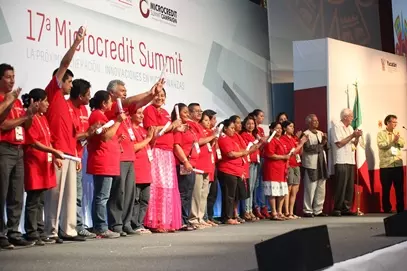
RESULTS Educational Fund founded the Microcredit Summit Campaign in 1997 and served as its steward and administrative home for two decades.

About the Campaign
RESULTS Educational Fund founded the Microcredit Summit Campaign in 1997 and served as its steward and administrative home for two decades. During that time, the Microcredit Summit Campaign helped drive the massive scale-up of access to microfinance for the very poor, while identifying innovative pathways to transformative financial and social inclusion.
Launching with its first Summit held in 1997 in Washington, D.C., the first phase of the Campaign’s work helped bring the world’s attention to the opportunity of microfinance and drive it to reach 100 million families living in extreme poverty. In 2006, the Campaign re-launched by expanding on its original outreach goal but also with a second goal focused on shaping the quality and intent of microfinance stakeholders to make the end of poverty an industry-wide goal: 1) Reaching 175 million families living in poverty with credit for self-employment and other financial and business services; 2) Helping 100 million families lift themselves out of extreme poverty.
In addition to these goals, four core themes guided the Campaign’s work: Ensuring financial and related services were effectively reaching the poorest people, that program designs and impacts were empowering women, that outcomes included the financial self-sustainability of participants and their families, and ensuring that interventions had a positive and measurable impact.
At the 18th Microcredit Summit in March 2016 – two decades after its launch, world leaders gathered to discuss the next frontier in financial and social inclusion. Over the years, the global landscape had changed dramatically — not only in terms of access to financial services, but in the world’s understanding of this issue. While microfinance has grown, it has not yet had the full impact on poverty that we know is possible. At the same time, the Sustainable Development Goals had just launched along with the World Bank goal to end poverty in all its forms everywhere by 2030. The work to end poverty had evolved.
Throughout its history, the Microcredit Summit Campaign has been a standalone project of RESULTS Educational Fund, but with recognizing this evolution, RESULTS and the Microcredit Summit Campaign reassessed their approach and teamed back up more closely for the next phase of the work to drive our highest ambition: helping drive the political will to end extreme poverty. Moving forward from 2016, the vital work of the Campaign has been integrated into the larger RESULTS structure, transitioning away from the model of a separate project, but with the same clear focus on supporting financial inclusion for those living in the worst forms of poverty and vulnerability the poorest and supporting their journey on effective pathways out of poverty.
If you would like to learn more about the Campaign or would like to reach someone about accessing past Campaign data for non-profit research purposes please write to us at [email protected].
Projects of the Campaign
About the Summits
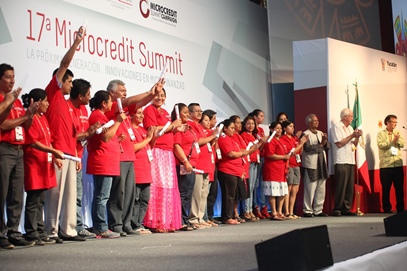
The purpose of the Microcredit Summits organized by the Microcredit Summit Campaign was to encourage practitioners and other stakeholders to use microfinance as a means towards ending extreme poverty, especially within the region, as well as to spur progress towards fulfilling the Campaign’s Two Goals.
In February 1997, RESULTS Educational Fund (REF) convened the first Microcredit Summit, launching a nine-year Campaign to reach 100 million of the world’s poorest families, especially the women of those families, with credit for self-employment and other financial and business services by the end of 2005. This historic event, held in Washington, DC, brought together over 2,900 delegates from 137 countries.
Building on the achievements of the 1997 Summit, a series of Global and Regional meetings have since been successfully held. They have attracted more than 15,000 delegates from over 140 countries. From 1997 to the present, the Microcredit Summit Campaign has relentlessly pursued its goals, maintaining a steadfast commitment to the Summit’s four core themes. The Microcredit Summit Campaign is a global effort to restore control to people over their own lives and destinies.
These three books contained the commissioned Plenary Papers for each of the global summits in 2002, 2006, and 2011:
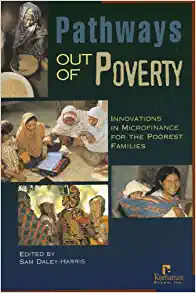
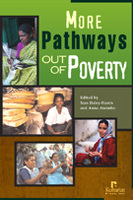
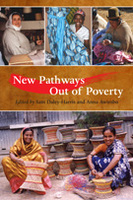
About the Report
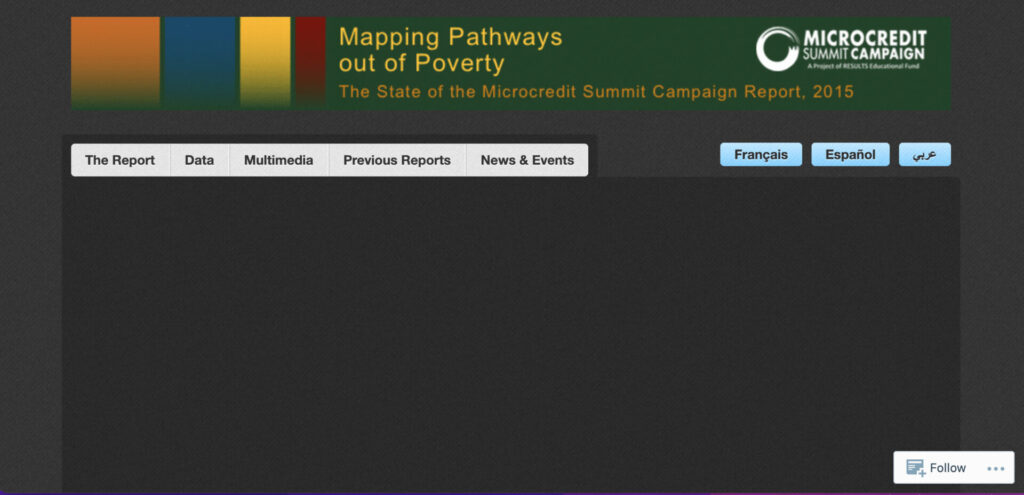
The State of the Microcredit Summit Campaign Report is a good introduction to the hottest topics and most interesting developments in microfinance worldwide. It is also the largest and most comprehensive annual survey on the outreach of microfinance to people living in poverty, and we have more than a dozen years of reporting available.
Data Collection
We collected data through our Institutional Action Plans (IAPs) each year in order to report on the progress that the sector is making towards reaching more than 175 million of the poorest families with microfinance and ensuring that 100 million of those families rise out of poverty.
Report Archives
State of the Campaign Report 2014
State of the Campaign Report 2013
About the Project

Many of the 1.29 billion people in the developing world who live on less than $1.25 a day are one illness away from losing everything. The relationship between ill health and poverty is inextricable, and for microfinance clients, sickness is often the main reason for failure to repay loans and the collapse of promising businesses. The Microcredit Summit Campaign has identified that one of the most effective methods of mitigating the risk of health challenges to both clients and microfinance institutions is to integrate microfinance and health protection services.
This collaboration brought together a diverse set of influential actors from the microfinance, health, public, and private sectors. We partnered with financial service providers to increase their capacity to integrate health education and other health services into their operations through trainings in Asia, Latin America, and Africa. The Campaign and Freedom from Hunger collaborate to support, document, and foster best practice, monitoring and evaluation, and innovation in the field in microfinance and health protection.
Building on this collaboration and with support from Johnson & Johnson, in 2011, the two organizations formed a Health and Microfinance Alliance to leverage their technical expertise and communications platforms for the specific purpose of building support for and expanding the practice of integrating microfinance and health.
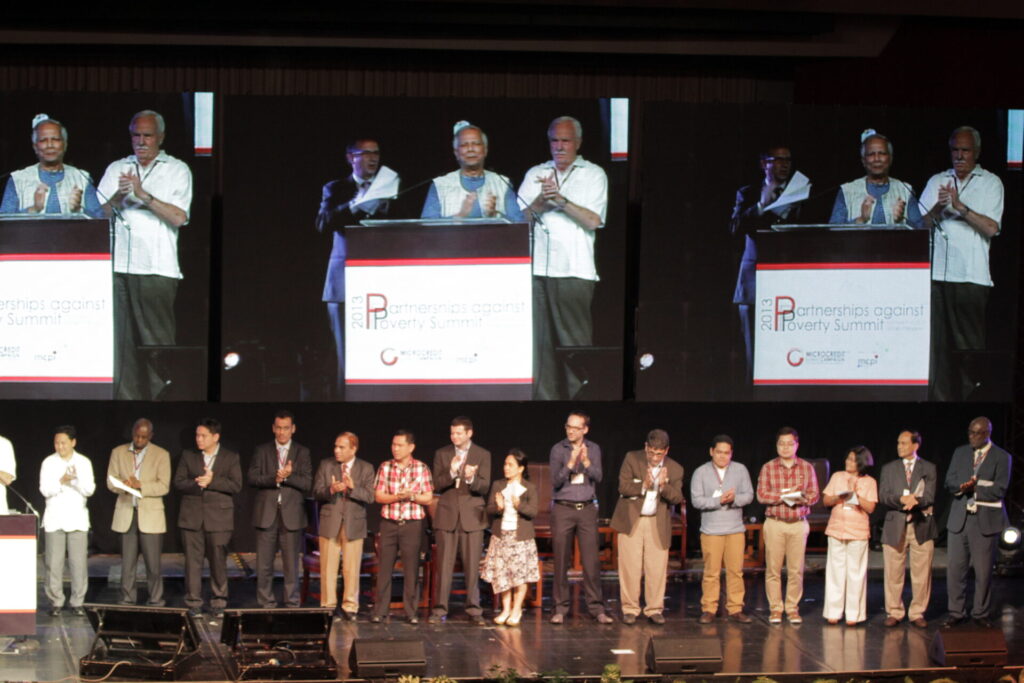
About the Project:
The 100 Million Project is how the campaign worked to galvanize and support work that helps advance industry toward the 100 Million Goal: helping 100 million families lift themselves out of extreme poverty.
History of the Project
The 100 Million Project is the second phase of a program the Campaign initiated in 2006. At that time poverty measurement was an increasingly important topic of discussion among practitioners and other stakeholders. The Campaign’s second goal, in alignment with the Millennium Development Goal to cut $1/day poverty in half by 2015*, was an ambitious undertaking and one which required appropriate quantitative measurement tools. One significant impediment for member organizations at the outset of the initiative in 2006 was a general lack of sufficient data generated by such measurement tools which could shed light on changes in the level of poverty among microfinance clients.
Since 2006, there has been a dramatic increase in the prevalence of poverty measurement tools both in terms of the number of institutions using these tools and in the diversity of tools available. As an example, one of the most viable poverty measurement tools is the PPI (Progress out of Poverty Index) developed by Mark Schreiner for the Grameen Foundation with support from the CGAP/Ford Foundation Social Indicators Project. Since its development in 2006, the PPI is now in use by over 175 institutions in 45 countries across 4 major regions. The greater prevalence of this and many other powerful poverty measurement tools represents is a major step forward in the availability of tools to measure poverty down reach and movement out of poverty over time – an important part of the 100 Million Project goals.
* The $1/day threshold of the World Bank was revised to $1.25/day which the Campaign now uses for its benchmark.